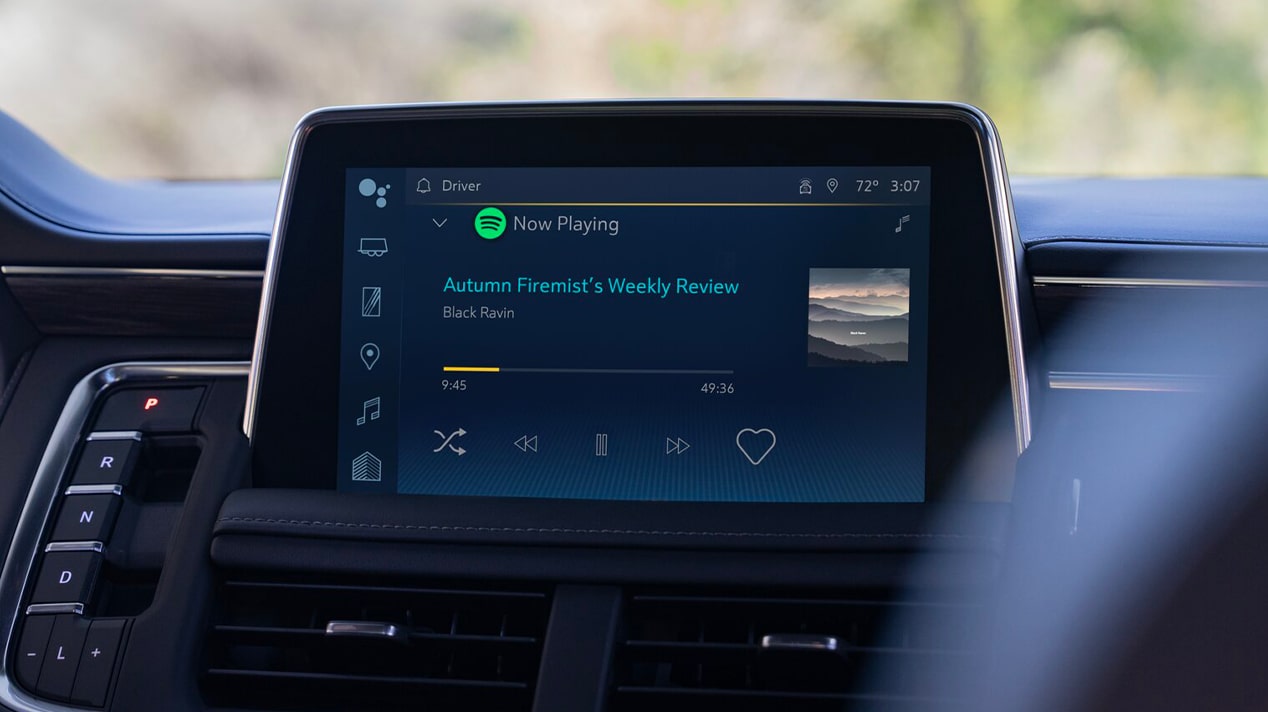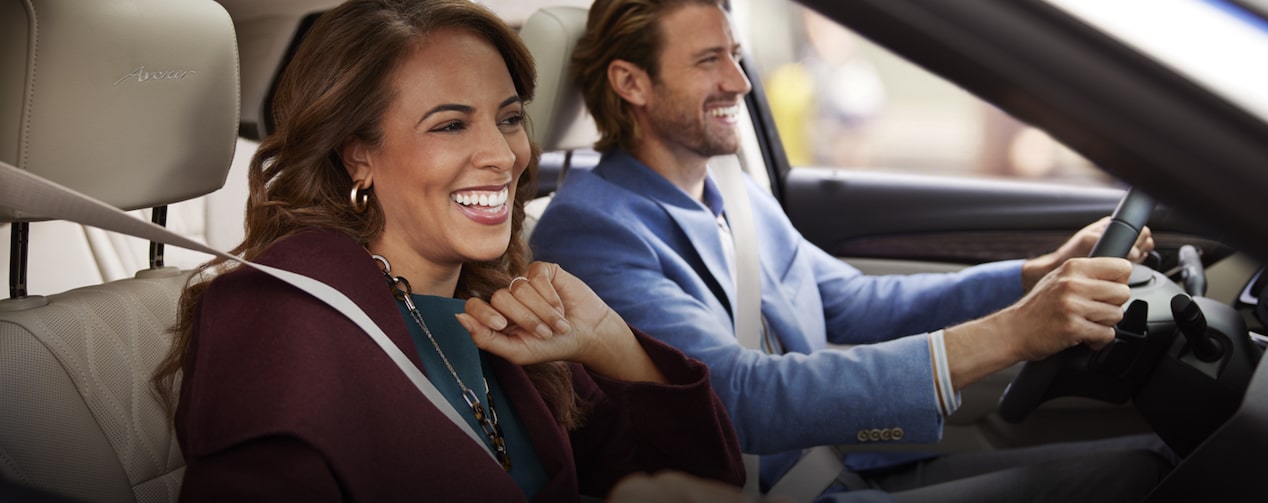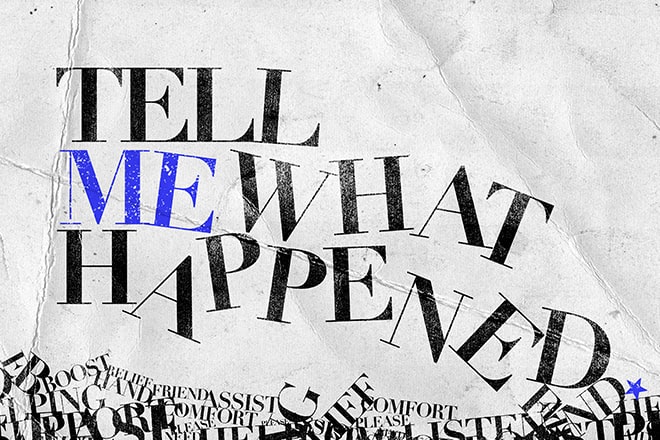How your music impacts the way you drive
It’s quite literally built into our culture. Just about every teen movie and many of our own experiences include that scene of friends piling into a car and cranking up the music — or driving solo, singing along with the thumping car stereo to gear up for a big meeting or big date.
Cars and music both help us get to where we want to be.
The first car radios showed up in Chevrolet vehicles back in the early 1920s, although they were so bulky they barely fit into the cars. By the 1950s, the radios had dials and buttons that made them more usable, and by the mid ’60s nearly every new car came with a radio. By contrast, seat belts didn’t become a standard feature in cars until 1968. Priorities.
So, music in cars — is it a good thing for safety? Or a bad thing?
Music and your brain
If you want to build your body, head to the gym. Brain researchers tell us if you want to build your brain, listen to music. The structural and mathematical nature of music signals our brains to continuously work behind the scenes to make sense of the relationship between one note and the next. Overall, music is a good thing for your brain.
If you’re in stressful traffic, studies show music can reduce your stress levels. Certain types of music — think soft rock or light jazz — can improve your focus.
“Music can do so many things to our brain,” says neuroscientist Kiminobu Sugaya, Ph.D. He teaches a course at a Florida university titled Music and the Brain, which explores the many ways music can impact brain function and human behavior. Sugaya says music can reduce stress and symptoms of depression and improve cognitive skills, motor skills and spatial-temporal learning. It’s been proven to lower blood pressure and pain and boost sleep quality, mood, memory and alertness.
How does all this play into driving?
The answer is nuanced. If you’re in frustrating, stressful traffic, studies show music can reduce your stress levels. Certain types of music — think soft rock, easy listening or light jazz — can improve your focus and concentration.
If you’re a hardstyle or techno fan, though, beware. Faster music can lead to faster, riskier driving. Tests have shown music with higher beats per minute causes people to drive faster and underestimate their speed. In some tests, faster music also caused weaving, disregard for red lights and increases in collisions.

If you’re a new driver, a favorite playlist is almost certainly not your friend. In one study, 98% of new drivers made driving mistakes when listening to their playlists — and in 17 of the 85 cases, instructors had to act to stop a crash. The rate dropped to 77% when they drove with softer background music.
The ideal tempo for driving music is about the same speed as our heartbeat — around 60 to 80 beats per minute. What’s that sound like? Sites like this one can help you find songs by tempo.
The power of human connection
Our podcast features real stories of people who stepped up when they were needed most.
Pump up the volume? Not so fast
Volume can also impact your concentration. One study showed loud music can reduce reaction times by as much as 20%. What do they mean by loud? The study used 95 decibels, which is about as loud as a power mower or mid-volume on the average phone. Most car radios go above that, often reaching 100 decibels.
Another study demonstrated quiet music at 55 decibels (that’s like a normal conversation between two people) improved driving performance. Drivers with music at 55 decibels performed better than those with no music and those with music at 85 decibels.

In addition to finding songs with the right tempo, there are ways to build your playlist to help you get “in the zone” where your concentration and focus are at their best. (You know — it’s that feeling when you’re fully immersed in the act of driving, time seems to disappear and your performance is at its peak.)
Number one on the list is making sure accessing your driving playlist doesn’t pose a distraction. Features like the available In-Vehicle Apps
When you build your driving playlist, think about the transition to your commute. For instance, if you’re listening to high-intensity music at the gym, have your playlist start the transition to a slower tempo before you hit the road. This will help your brain begin the adjustment to driving mode. It’s also good to kick this transition off with the same song each time — the repetition helps set your brain up for success.
Finally, if there’s a song on your playlist that brings back a poignant memory — good or bad — skip that song. You don’t want to cue thoughts that take your mind off your driving.
The short story: Music can influence our drives — for better and for worse. So the more you know, the more you can do to help your driving playlist keep you safe … and sound. Happy driving and happy listening.





